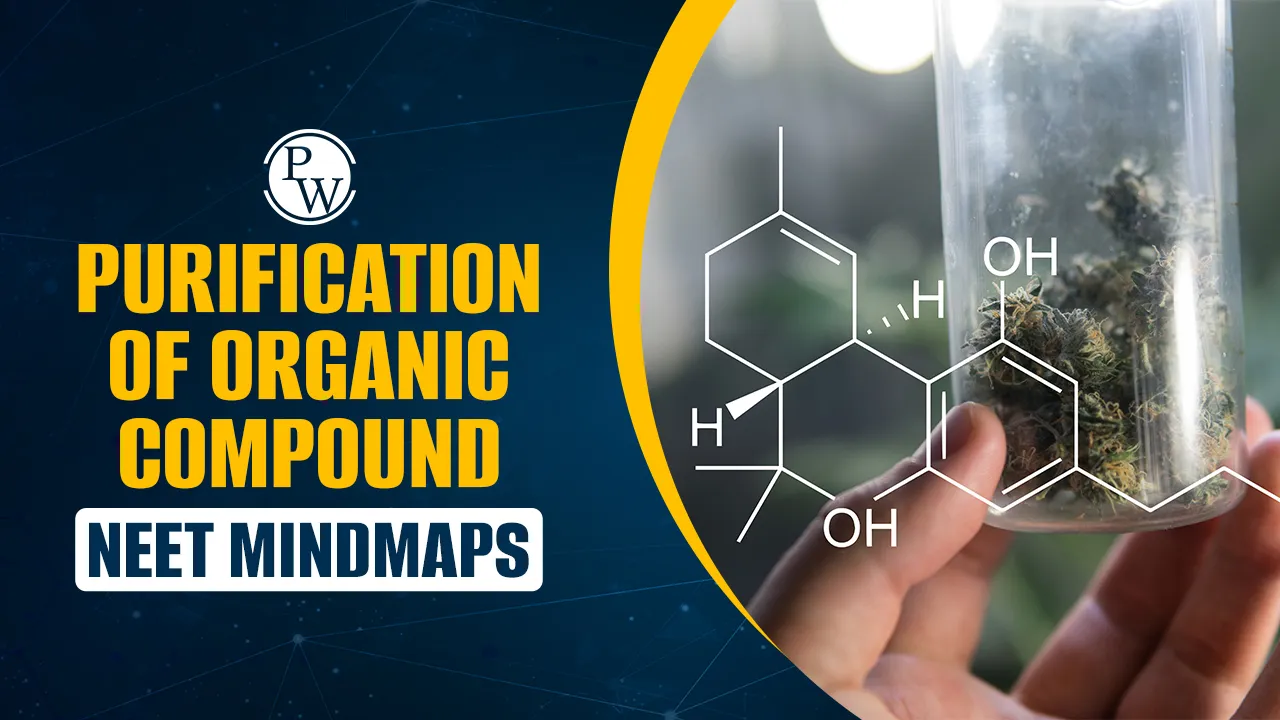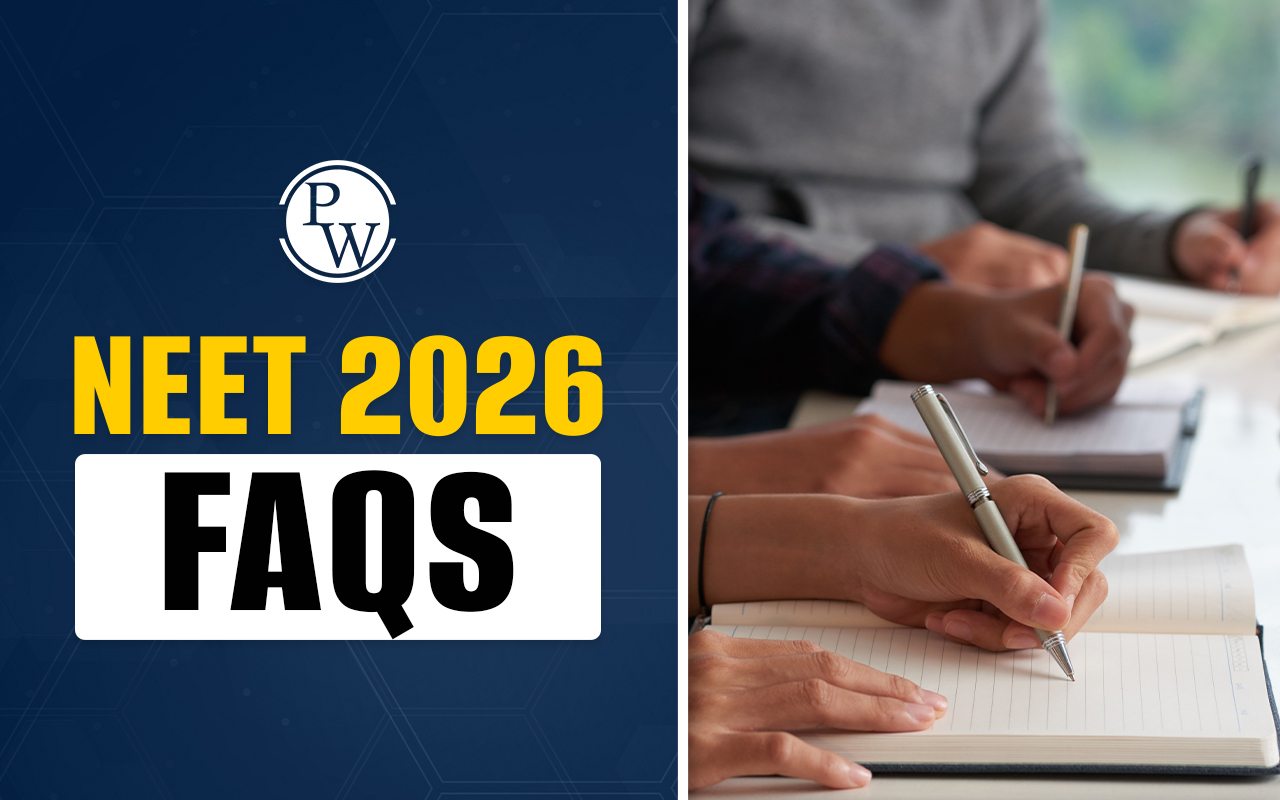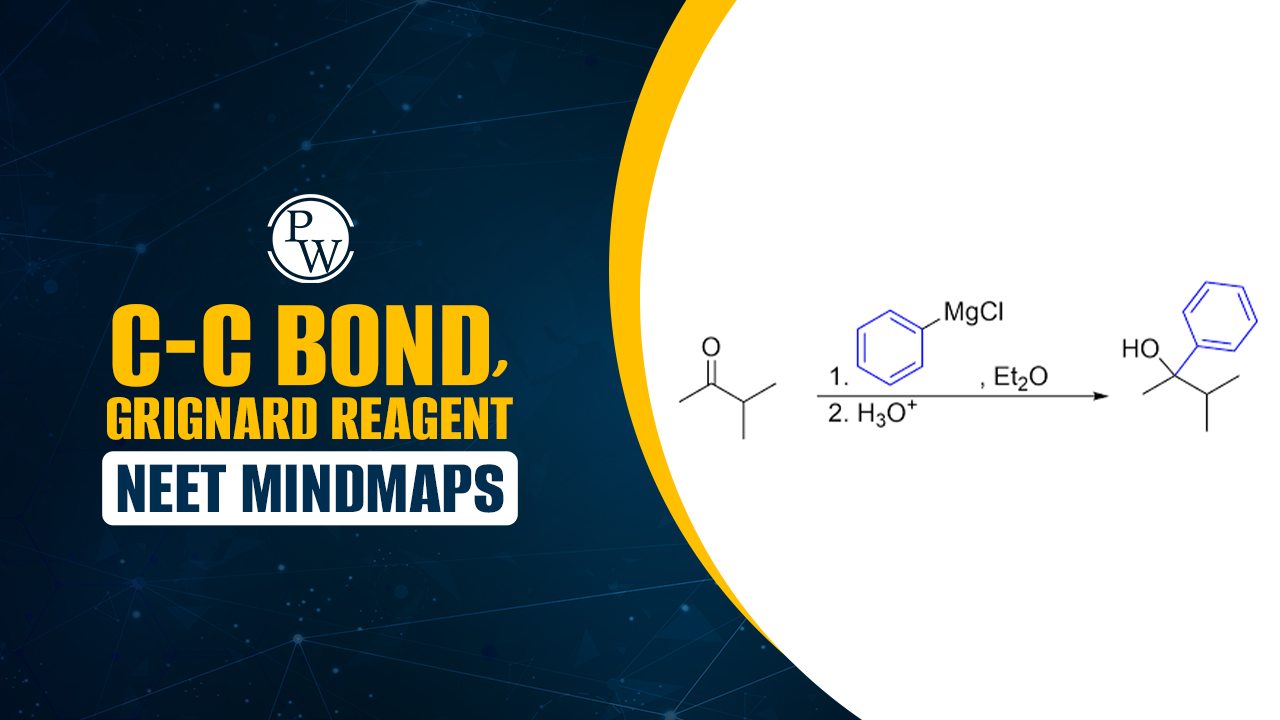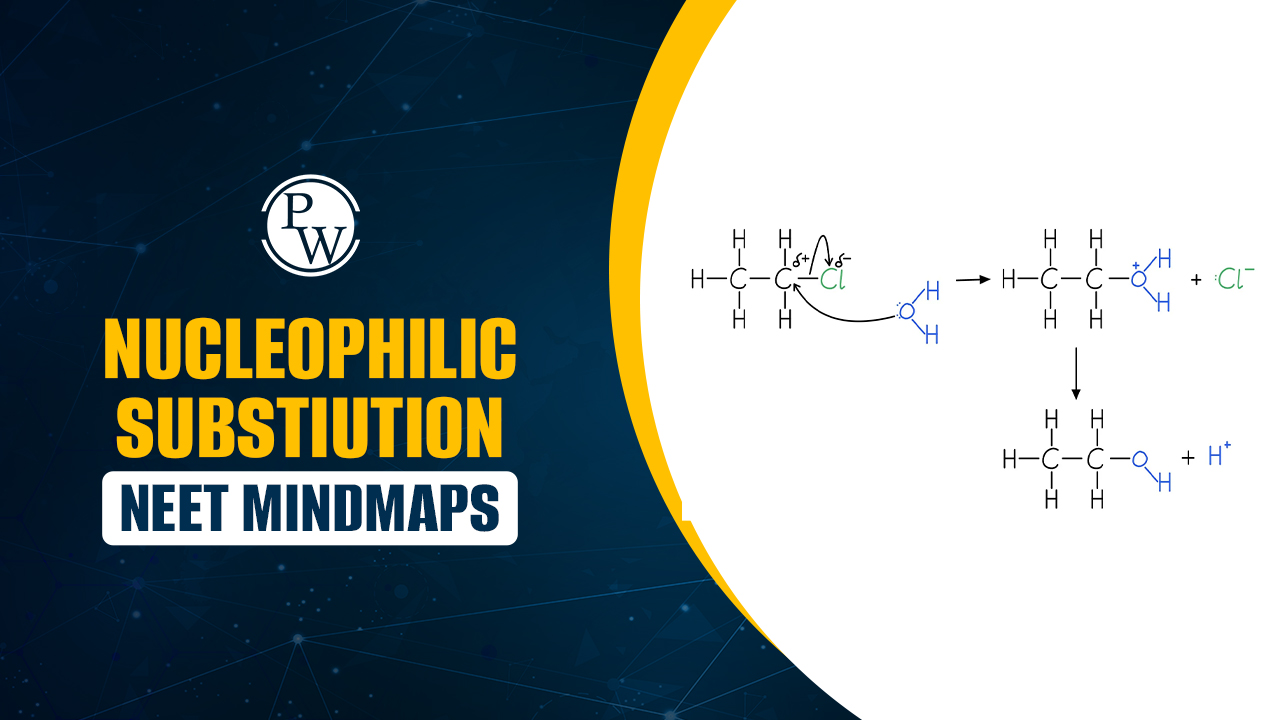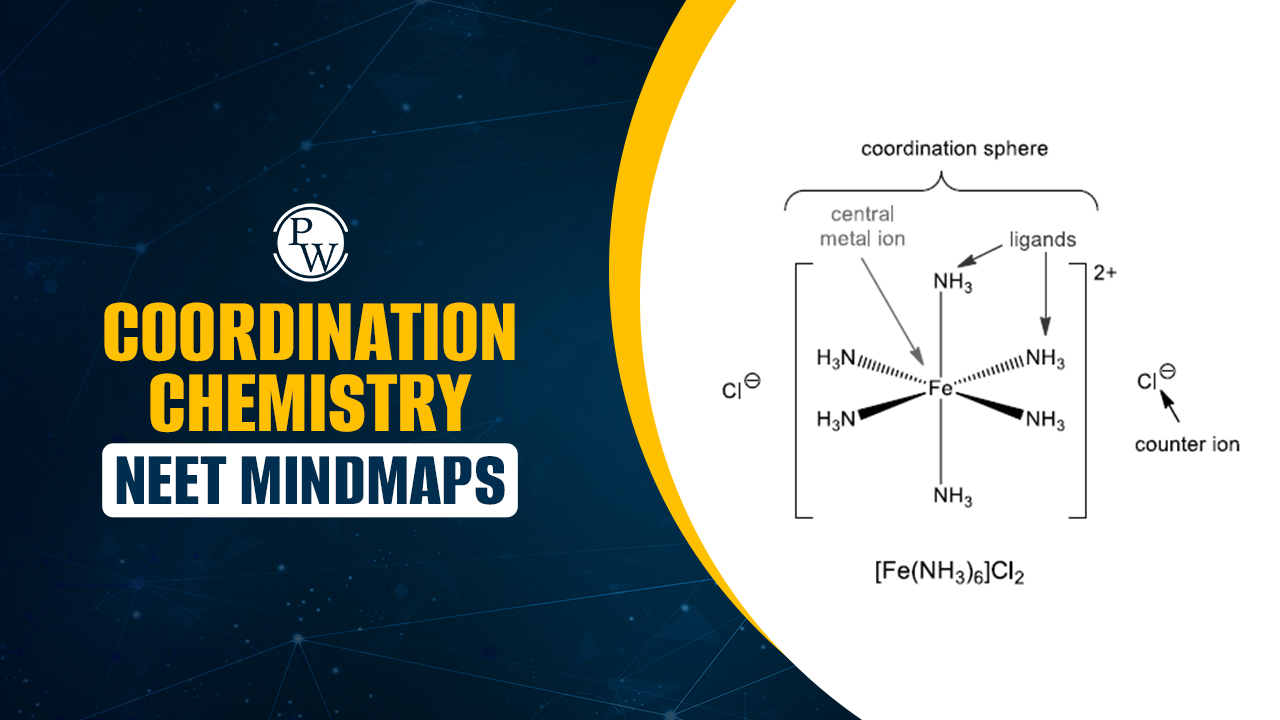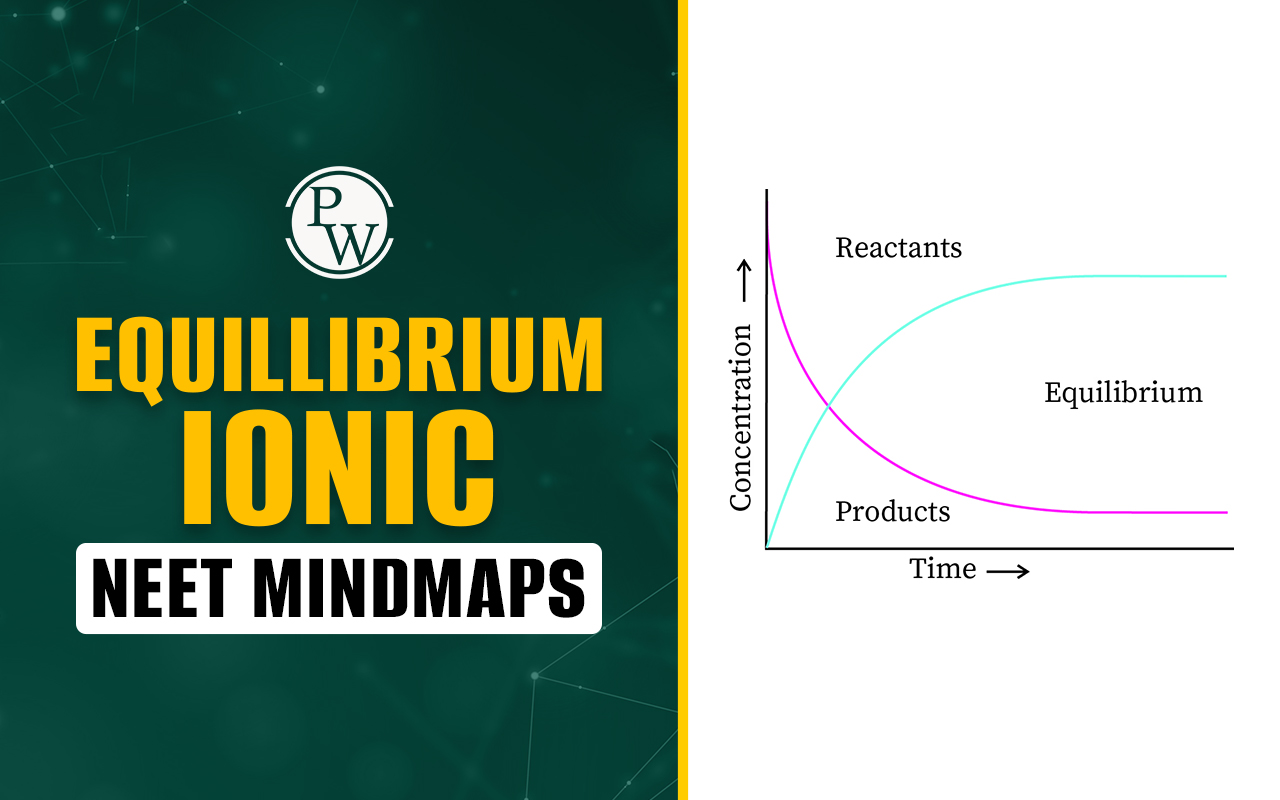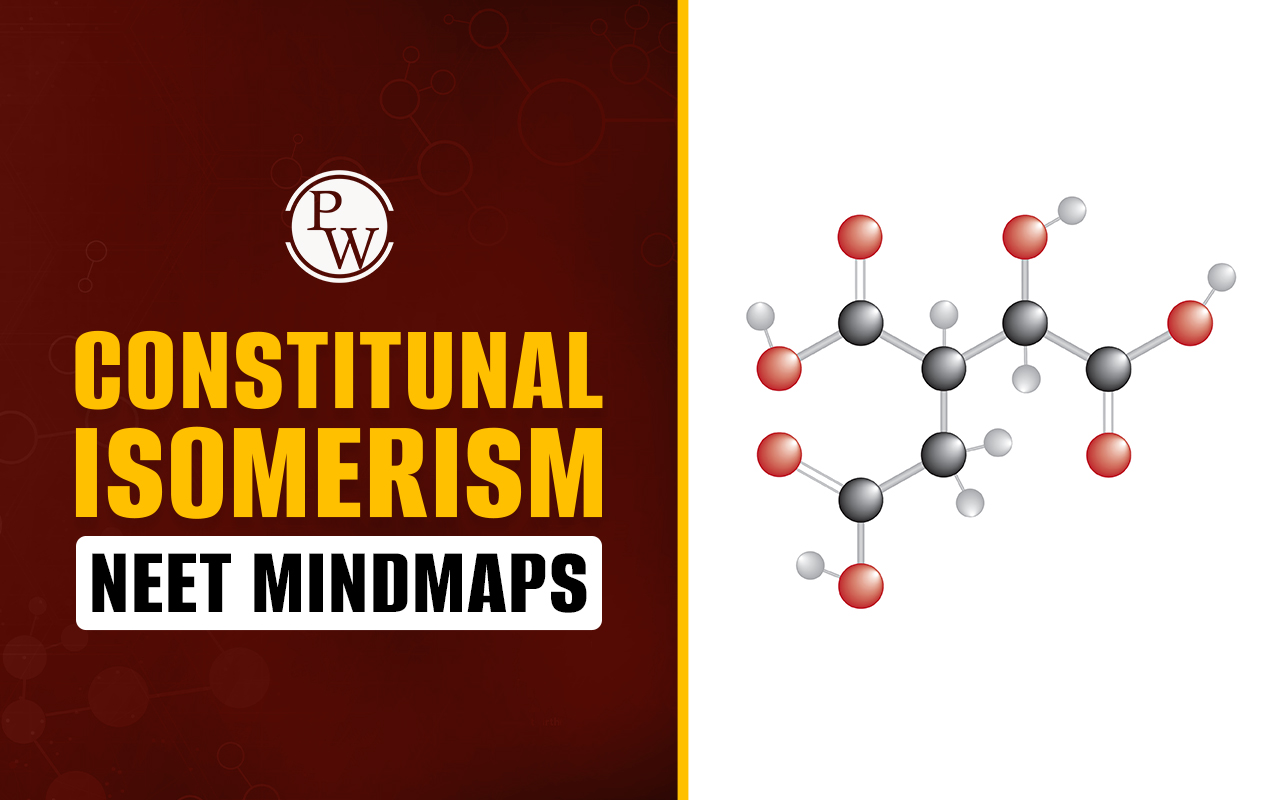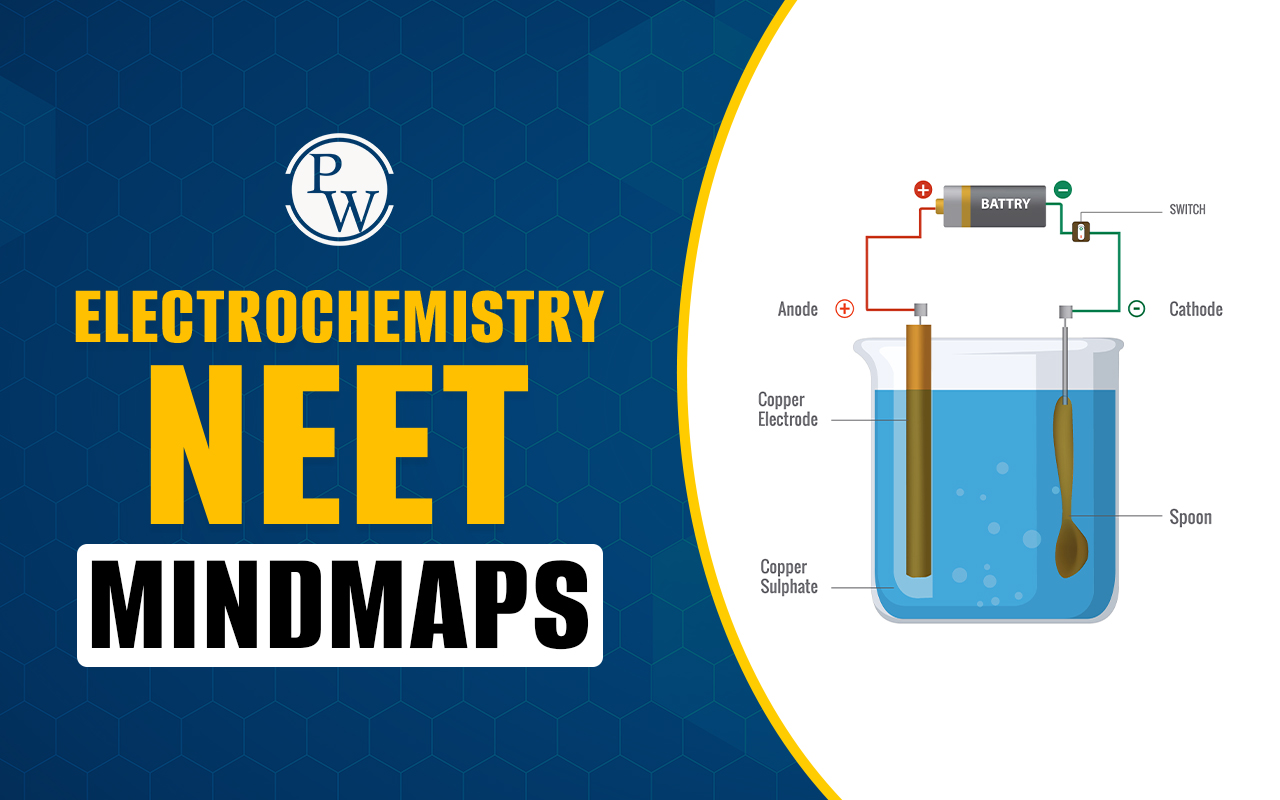
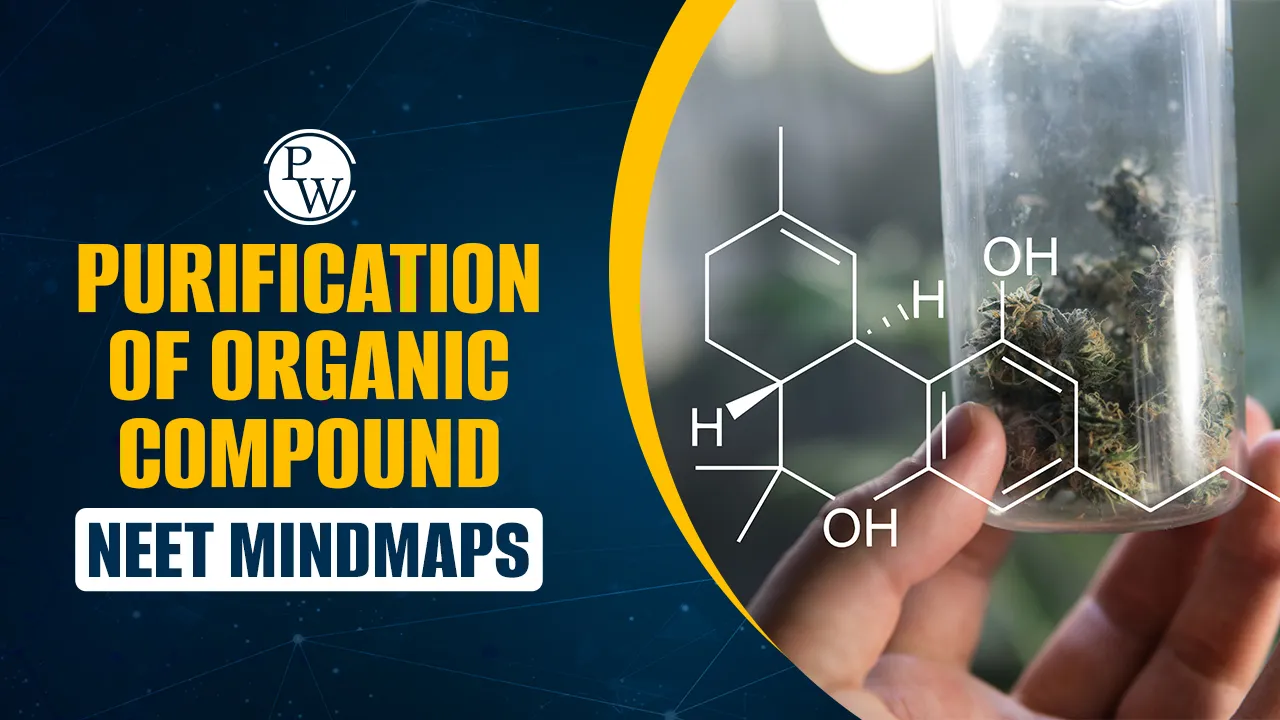
Purification of Organic Compound NEET Mindmaps: The purification of organic compounds is a fundamental topic in organic chemistry, essential for success in the NEET examination. Understanding the various methods used to separate and purify compounds is crucial for every candidate. Purification of Organic Compound NEET Mindmaps to explain the key concepts in a simple, easy-to-understand format.
Purification of Organic Compound NEET Mindmaps
Organic compounds are often synthesised or extracted as mixtures. Before any structural analysis or reaction can be performed, these compounds must be purified. The techniques chosen for purification depend on the nature and properties of the organic compound and the impurities present.
The main methods of purification, as illustrated in the mindmap, include:
-
Solid to Solid Separation (Based on solubility/reactivity)
-
Crystallisation (based on differences in solubility)
-
Sublimation (based on volatility)
-
Liquid Separation (Based on boiling point)
-
Distillation (based on differences in boiling points)
-
Separation based on distribution
-
Differential Extraction (based on differences in solubility in two immiscible solvents)
-
Chromatography (based on differences in partition or adsorption)
Purification of Organic Compound NEET Mindmap Notes
Purification of Organic Compound NEET Mindmap Notes summarises the principle of each purification method. Candidates should focus on the underlying principle to correctly identify the suitable technique for a given mixture.
|
Purification of Organic Compound NEET Mindmap Notes |
||
|
Method |
Principle of Purification |
Suitable For |
|
Crystallisation |
Based on the difference in the solubility of the compound and the impurities in a suitable solvent. |
Separating a substance from non-volatile impurities. |
|
Sublimation |
Solid is directly converted into vapour without undergoing a liquid state. |
Purifying compounds like iodine, camphor, naphthalene, ammonium chloride, etc.. |
|
Distillation |
Based on the difference in boiling points of components of the mixture. |
Separating volatile liquids from non-volatile impurities. |
|
Fractional Distillation |
Used when the boiling points of two volatile liquids are very close. |
Separating volatile liquids whose boiling points differ by less than 20 K. |
|
Vacuum Distillation |
Used when the compound decomposes at its normal boiling point. |
Purifying compounds that decompose upon heating. |
|
Steam Distillation |
Used for compounds that are volatile in steam, immiscible with water, and have a high vapour pressure at the steam temperature. |
Purifying aniline, essential oils, or other compounds. |
|
Differential Extraction |
Used when an organic compound is more soluble in an organic solvent than in water. |
Separating components based on solubility in two different, immiscible solvents. |
|
Chromatography |
Based on the difference in partition or adsorption of components between a stationary phase and a mobile phase. |
Purifying very small quantities of compounds (Adsorption Chromatography). |
Purification of Organic Compound NEET Mindmap Formulas
Purification of Organic Compound NEET Mindmap Formulas have been compiled in the table. Candidates can revise the formulas for the NEET exam.
|
Purification of Organic Compound NEET Mindmap Formulas |
|
|
Concept |
Description/Formula |
|
Steam Distillation Principle |
The total pressure (Ptotal) exerted during distillation is the sum of the partial vapour pressure of the volatile organic compound (PA) and the partial vapour pressure of water (PB). |
|
Condition for Distillation |
Total pressure (Ptotal) =PA+PB. Distillation begins when this total pressure equals the external atmospheric pressure (Pexternal). |
|
Volatile Compound Criterion (Steam Distillation) |
For the compound to be purifiable by steam distillation, the sum of PA (volatile compound) and PB (water) must be greater than the atmospheric pressure. |
|
Retardation Factor (Rf) (Chromatography) |
A key formula in Thin Layer Chromatography (TLC), where Rf is calculated by the ratio of the distance travelled by the component to the distance travelled by the solvent. |
|
Rf Formula |
Rf = distance moved by solvent front from baseline, distance moved by component of mixture from baseline |
Guide To Solve Purification of Organic Compound NEET Mindmap Practice Questions
To successfully solve practice questions related to the Purification of Organic Compound NEET Mindmaps, candidates should follow a methodical approach:
-
Identify the State: First, determine if the mixture is a solid-solid, solid-liquid, or liquid-liquid mixture.
-
Check Key Properties: Look for information about the components' properties:
-
Boiling Points (B.P.): Are they far apart (Simple Distillation) or close (Fractional Distillation)?
-
Volatilities/Decomposition: Does the compound sublime (Sublimation) or decompose upon heating (Vacuum Distillation)?
-
Solubility: Is the difference in solubility substantial (Crystallisation) or is the compound volatile in steam (Steam Distillation)?
-
Polarity: Does the purification involve two phases (Chromatography/Extraction)?
-
Match with the Method: Match the properties to the correct purification technique, ensuring you select the most appropriate method among the choices. For example, if a compound is volatile in steam and immiscible with water, choose Steam Distillation.
Purification of Organic Compound NEET Mindmap PDF
Candidates can download the Purification of Organic Compound NEET Mindmap PDF. It includes the important concepts for the NEET exam preparation. They can revise the important topics for the exam preparation.
Purification of Organic Compound NEET Mindmap PDF
Join PhysicsWallah's online NEET coaching and make your journey simple and clear. Learn from trusted teachers, follow easy-to-understand lessons, and study at your own pace from home.
Purification of Organic Compound NEET Mindmaps FAQs
What is the benefit of revising the Purification of Organic Compound NEET Mindmaps?
What is the fundamental principle used in Adsorption Chromatography?
Which purification method is used for liquids that decompose at their normal boiling point?
What criteria must a candidate check before using Steam Distillation for purification?
How is Crystallisation different from distillation in terms of the state of impurities involved?

